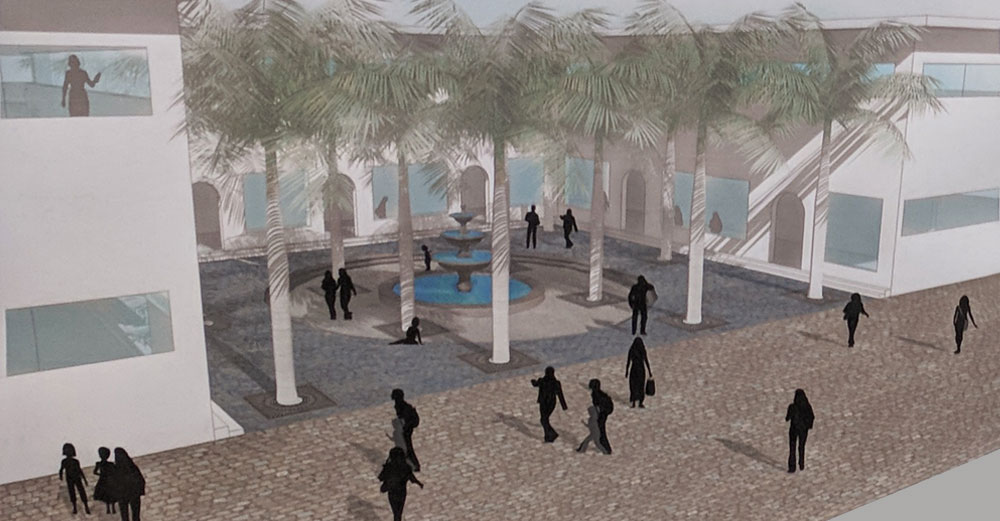
In November, it was anounced that SUNY was undertaking a collaborative partnership to create a Sustainable Village and Learning Community (SVLC) in Akayè, Haiti. The statewide collaboration involves five not-for-profit organizations and 10 SUNY campuses, with each campus bringing their own specialty to the table to develop this village from the ground up. But before specific specialties can be brought to use, a master plan needs to be developed for the entire village. For SUNY ESF, students and faculty involved in the Department of Landscape Architecture have been hard at work creating this master plan for the site of the SVLC.
Before working on the creation of the plan, it was necessary to identify design strategies that would foster positive change in the region while also respecting and embracing Akayè’s history, character, and natural and built resources. In order to accurately capture this framework, students and faculty from ESF held meetings, attended hands-on working sessions, and participated in presentations with all partners involved with the SVLC, as well as the citizens of Akayè.
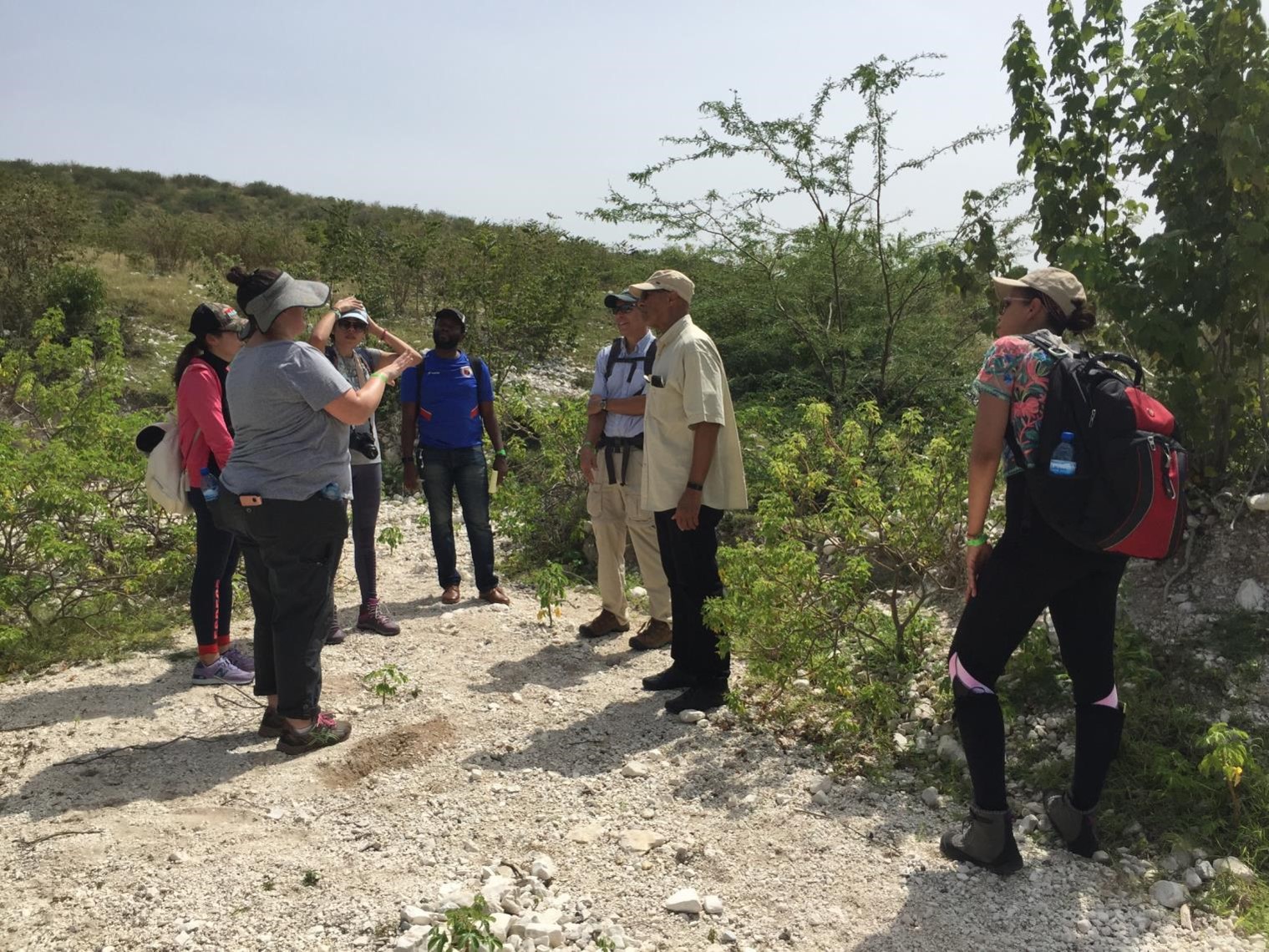
In addition, four students from ESF had the opportunity to spend five days in Akayè this past September, through funding provided by SUNY’s Office of Diversity, Equity, and Inclusion. During their visit, the students met with project partners, a local architect who introduced regional building practices and materials, and local teens and young adults to understand daily life in Akayè and their hopes for the future. The information that these students brought back to their classmates who weren’t on the trip proved more than valuable.
While the people in Haiti have the same basic needs as everyone else, their access to things like energy, food, fresh and clean water, and education and health care are severely limited. This is something that we often take for granted because of the ease of access we all have to these things. The information gathered and experiences had by those who traveled to Haiti has re-conditioned them to think of every aspect of daily life and be able to try to accommodate for those through the design of the SVLC.
“It was incredibly important to use their experiences in our design work. There were both cultural and environmental characteristics that guided us when they returned,” said Robyn Lomenzo, a current ESF student involved with the SVLC planning. “They discussed with us the importance of shade, daily routines, types of public spaces, and economic opportunities. In regards to the site, they were able to walk us through viewsheds slope changes, vegetation types, and overall feel of the place.”
Through the meetings and other forms of collaboration, a conceptual basis for the SVLC was born. At the heart of the village would be a regional community center used for education and applied learning, providing health care, and showcasing Haitian culture and heritage. Other priorities in the plan included site boundary control; potable water, stormwater and wastewater planning; and site master planning and phasing of the SVLC facilities development.
Important Variables in Creating the Master Plan
But what factors did the team need to take into consideration before creating the master plan? Between on-site learning in Akayè and planning done in the classroom, modeling sustainable practices and addressing identified social (e.g., lack of access to post-secondary education and a healthy range of food choices), environmental (e.g., deforestation, flooding, and erosion), and infrastructure issues (e.g., lack of infrastructure for electricity, human waste and solid waste, and freshwater) were important variables when crafting the plan.
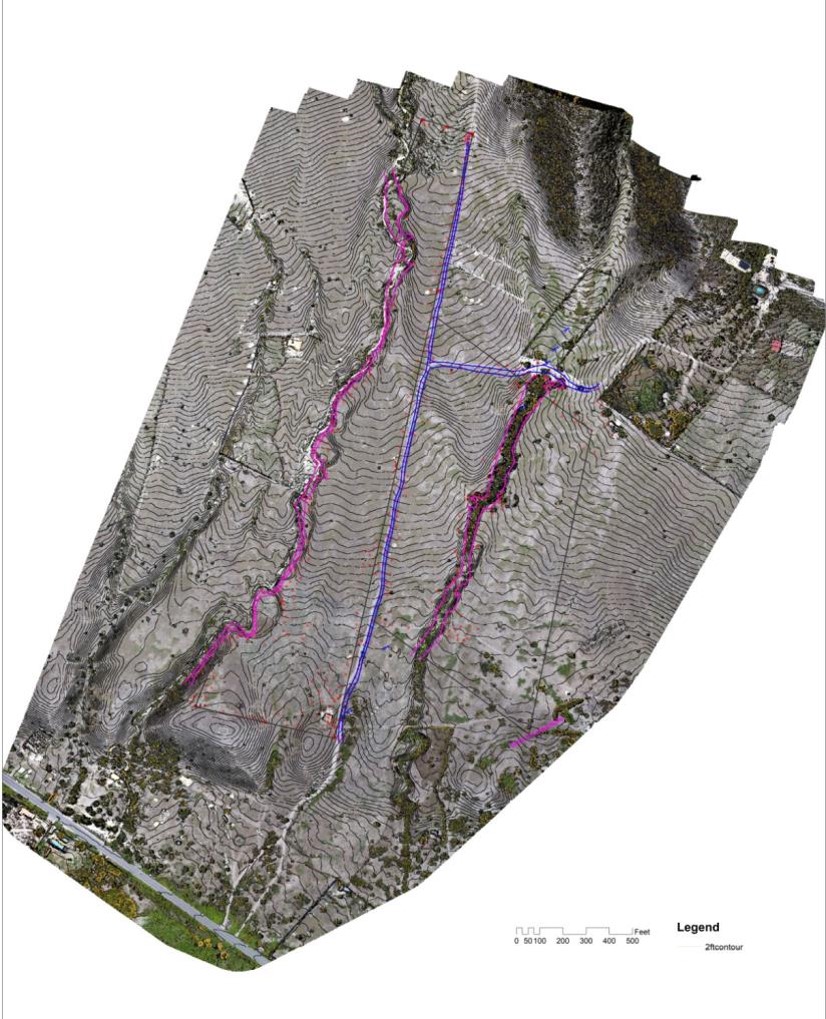
Another important element of addressing sustainability required a better understanding of the relationships between the SVLC site and the surrounding settlements and topography. Team members from ESF relied on topographic maps for more information on the area’s elevation changes, general geological features, and drainage opportunities and challenges. They also utilized a drone, which provided aerial photography and accurate topography for those involved with the development project.
One benefit to the region is that the SVLC site is located right off of the National route highway, making the site and its services relatively more accessible for those traveling by vehicle.
In order to keep all of these elements in mind, a multi-pronged approach was required to create a sustainable and resilient SVLC. Overall though, the true key to success involves collaboration with the locals. Jonathan Matz, a student at SUNY ESF, saw that himself and echoed this sentiment:
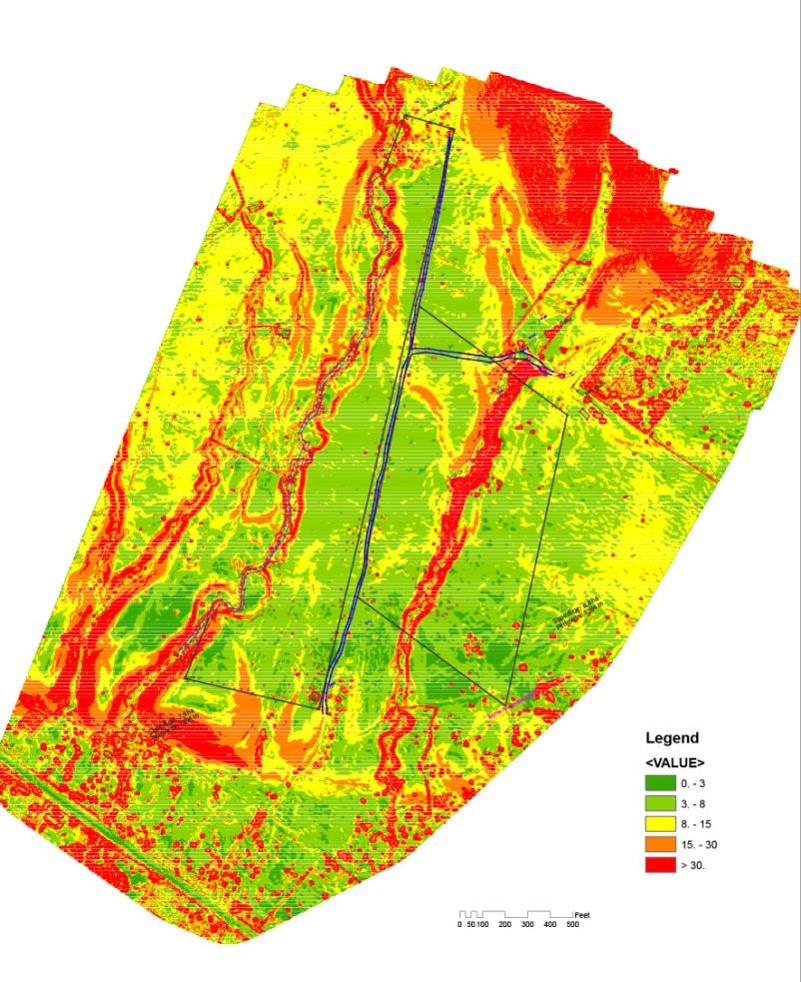
“If we want to ensure long-lasting success and sustainability in the region, we need to focus on getting the Akaye community involved. We made some great progress with conceptual master plans and energy solutions, but ultimately without them, none of this can happen. I think an appropriate next step would be to put our work in front of the community and see how they receive it. Our work is at a point where it is ready to be cross-checked by the individuals who could benefit from it.”
While the results of the master plan will certainly benefit the inhabitants of Akayè, the same can be said for the students who experienced hands-on learning through this project.
“What excited me most about participating with the SVLC project was the opportunity to have been involved in a collaborative, multidisciplinary project that has the potential to be a huge asset to the Arcahaie region and to Haiti,” said Claire Fisher, a current student at ESF. “It’s great knowing we’ve contributed to a master plan that will continue to be developed, with the involvement of the Haitian community.”
This project is just beginning. For more information and to learn about the full list of campus efforts involved with the project, read the full press release on the announcement of the SVLC or the feature story that introduced the project.


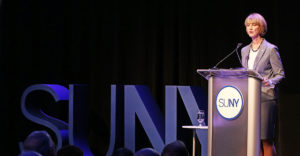

Let’s take a negative and turn it into a positive. There are opportunities presented by the destruction of Haiti. The chance to start over from the ground up is one. So cool that students are getting to work on designing this master plan. Empowering the local people of Haiti with tools and skills will have lasting positive effects. Thank’s for writing this.